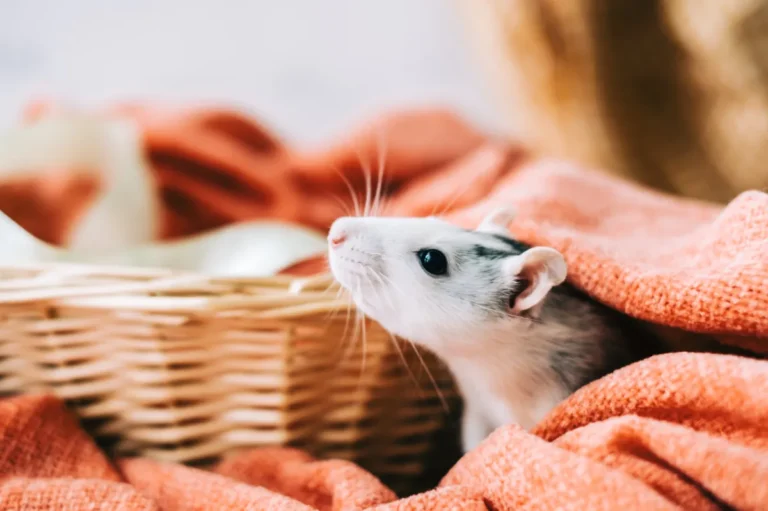Creating the perfect habitat for your pet rat is crucial for its health, happiness, and overall well-being. Rats are intelligent, social animals that require a stimulating environment to thrive. This guide will walk you through setting up an ideal habitat, focusing on cage selection, bedding, enrichment, diet, and social needs.
Choosing the Right Cage
The first step in creating an ideal habitat for your pet rat is selecting the right cage. The cage should be spacious enough to allow for exploration, play, and exercise. A good rule of thumb is at least 2 cubic feet of space per rat, but bigger is always better. Wire cages are preferred over solid ones because they provide better ventilation, which is essential for your rat’s respiratory health. However, ensure the wire spacing is narrow enough (less than ½ inch) to prevent escapes or injuries.
Multi-level cages are excellent for rats, as they love to climb and explore different heights. Make sure the cage has solid flooring, as wire floors can cause bumblefoot, a painful condition. If your cage has wire floors, cover them with cardboard or mats made for cages.
Bedding and Cleaning
The choice of bedding is vital for your rat’s comfort and health. Avoid cedar and pine shavings, as the oils they release can be harmful to your rat’s respiratory system. Instead, opt for aspen shavings, paper-based products, or fabric bedding. These materials are absorbent and less likely to cause health issues.
Regular cleaning is essential to maintain a healthy environment. Remove soiled bedding and uneaten food daily, and do a thorough cage cleaning weekly. This includes washing the cage with a mild, pet-safe disinfectant, changing the bedding, and washing any cage accessories.
Enrichment: Toys and Activities
Rats are highly intelligent and need mental stimulation to prevent boredom and depressive behaviors. Provide a variety of toys and change them regularly to keep your rat engaged. Suitable toys include tunnels, hammocks, climbing ropes, and chew toys. Rats also enjoy puzzle toys that challenge them to solve problems to receive a treat.
Incorporate items that allow your rat to exhibit natural behaviors, such as digging boxes filled with safe, edible substrates, and nesting materials like shredded paper or fabric scraps for them to arrange and snuggle into.
Diet: Nutrition and Treats
A balanced diet is crucial for your rat’s health. High-quality commercial rat pellets should make up the bulk of their diet, supplemented with fresh fruits and vegetables. Avoid sugary fruits and starchy veggies in excess, and introduce new foods slowly to prevent digestive upset.
Treats can be offered in moderation and are an excellent way to bond with your rat. Healthy treats include small pieces of fruits, vegetables, and occasional lean cooked meats or boiled eggs. Always research before introducing new foods to ensure they are safe for your pet.
Social Needs: Companionship and Human Interaction
Rats are social creatures that thrive on companionship. If possible, keep at least two rats together to meet their social needs. Introduce new rats slowly and in a neutral space to prevent territorial aggression.
Regular, gentle handling and interaction with humans are also crucial for socialization and bonding. Create a safe play area outside the cage where your rat can explore and spend time with you. This interaction not only enriches your rat’s life but also strengthens your bond.
Health Care: Regular Check-ups and Preventive Measures
Regular health check-ups with a vet experienced in small animals can catch potential health issues early. Keep an eye on your rat’s behavior, appearance, and droppings for any signs of illness. Preventive measures, such as keeping the cage clean, providing a balanced diet, and ensuring proper socialization, can go a long way in maintaining your rat’s health.
Conclusion
Creating the ideal habitat for your pet rat involves careful consideration of their physical, nutritional, and social needs. By providing a spacious, clean cage, enriching toys and activities, a balanced diet, and companionship, you can ensure your rat leads a happy, healthy life. Remember, the effort you put into creating this environment will be rewarded with the joy and companionship these remarkable pets offer.









